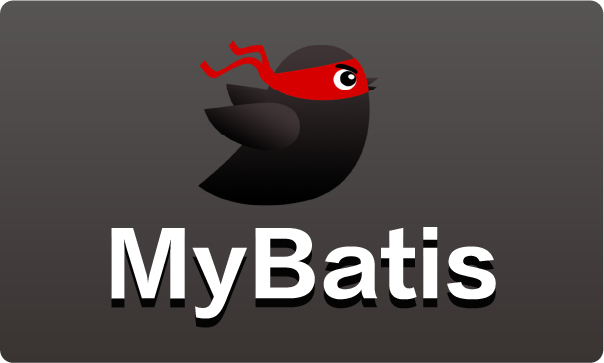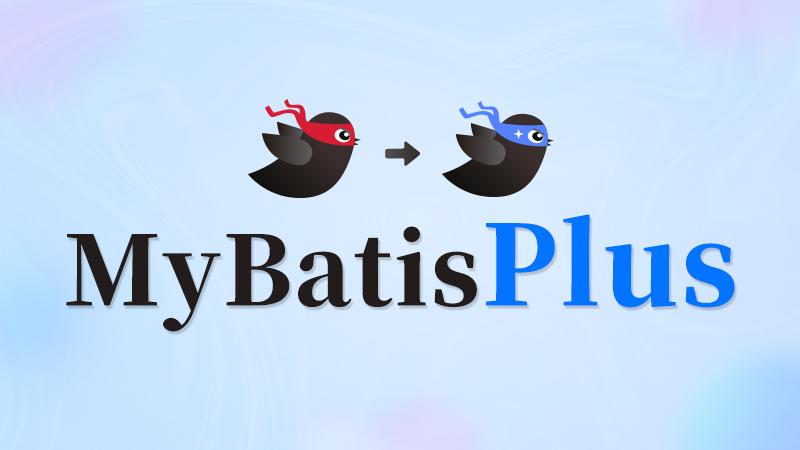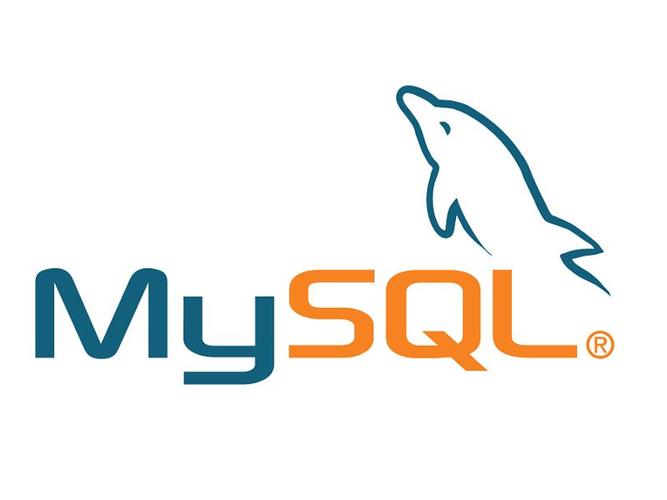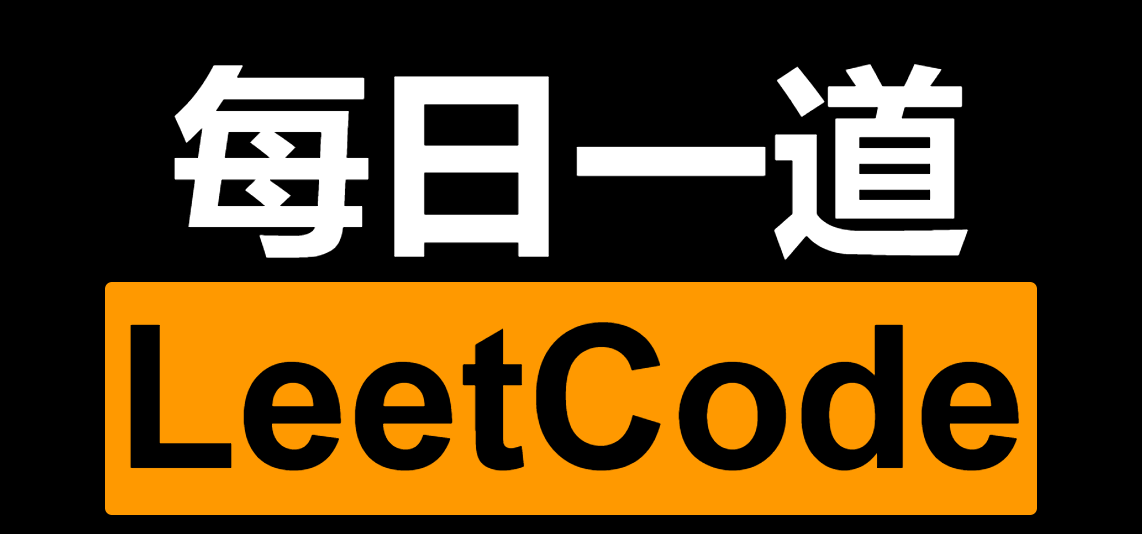学习教程框架Spring入门-01
sinarcsinxSpring入门-01
Spring简介
Spring是一个开源框架,它是由[Rod Johnson](https://baike.baidu.com/item/Rod Johnson)为了解决企业应用开发的复杂性而创建的
目前是JavaEE开发的灵魂框架
Spring可以简化JavaEE开发,可以非常方便整合其他框架,无侵入的进行功能增强
Spring的核心是 控制反转(IOC)和面向切面(AOP)
IOC控制反转
概念
控制反转,之前对象的控制权在类手上,现在反转后到了Spring手上
入门案例
导入依赖
导入SpringIOC相关依赖
1
2
3
4
5
| <dependency>
<groupId>org.springframework</groupId>
<artifactId>spring-context</artifactId>
<version>5.3.26</version>
</dependency>
|
编写实体类
1
2
3
4
5
6
7
8
9
10
11
12
13
14
15
16
17
18
19
20
21
22
23
24
25
26
27
28
29
30
31
32
33
34
35
36
37
38
| package com.sinarcsinx.domain;
public class Dog {
private String name;
private int age;
@Override
public String toString() {
return "Dog{" +
"name='" + name + '\'' +
", age=" + age +
'}';
}
public String getName() {
return name;
}
public void setName(String name) {
this.name = name;
}
public int getAge() {
return age;
}
public void setAge(int age) {
this.age = age;
}
public Dog() {
}
public Dog(String name, int age) {
this.name = name;
this.age = age;
}
}
|
1
2
3
4
5
6
7
8
9
10
11
12
13
14
15
16
17
18
19
20
21
22
23
24
25
26
27
28
29
30
31
32
33
34
35
36
37
38
39
40
41
42
43
44
45
46
47
48
49
50
51
52
53
54
55
56
57
58
59
60
61
62
63
| package com.sinarcsinx.domain;
public class Student {
private String name;
private int id;
private int age;
private Dog dog;
public Dog getDog() {
return dog;
}
public void setDog(Dog dog) {
this.dog = dog;
}
@Override
public String toString() {
return "Student{" +
"name='" + name + '\'' +
", id=" + id +
", age=" + age +
", dog=" + dog +
'}';
}
public Student() {
}
public Student(String name, int id, int age, Dog dog) {
this.name = name;
this.id = id;
this.age = age;
this.dog = dog;
}
public String getName() {
return name;
}
public void setName(String name) {
this.name = name;
}
public int getId() {
return id;
}
public void setId(int id) {
this.id = id;
}
public int getAge() {
return age;
}
public void setAge(int age) {
this.age = age;
}
}
|
编写配置文件
在resources目录下创建applicationContext.xml文件,文件名可以任意取,但是建议叫applicationContext
内容如下:
1
2
3
4
5
6
7
8
9
10
11
12
13
| <?xml version="1.0" encoding="UTF-8"?>
<beans xmlns="http://www.springframework.org/schema/beans"
xmlns:xsi="http://www.w3.org/2001/XMLSchema-instance"
xsi:schemaLocation="http://www.springframework.org/schema/beans http://www.springframework.org/schema/beans/spring-beans.xsd">
<bean class="com.sinarcsinx.domain.Student" id="student" >
</bean>
</beans>
|
创建容器从容器中获取对象并测试
1
2
3
4
5
6
7
8
9
| public static void main(String[] args) {
ApplicationContext app = new ClassPathXmlApplicationContext("applicationContext.xml");
Student student = (Student) app.getBean("student");
System.out.println(student);
}
|
Output:
1
| Student{name='null', id=0, age=0}
|
Bean的常用属性配置
id
bean的唯一标识,同一个Spring容器中不允许重复
class
全类名,用于反射创建对象
scope
scope主要有两个值:singleton和prototype
如果设置为singleton则一个容器中只会有这个一个bean对象,默认容器创建的时候就会创建该对象
如果设置为prototype则一个容器中会有多个该bean对象,每次调用getBean方法获取时都会创建一个新对象
DI依赖注入
依赖注入可以理解成IoC的一种应用场景,反转的是对象间依赖关系维护权
set方法注入
在要注入属性的bean标签中进行配置,前提是该类有提供属性对应的set方法
1
2
3
4
5
6
7
8
9
10
11
12
13
14
15
16
| <bean class="com.sinarcsinx.domain.Dog" id="dog">
<property name="name" value="小白"></property>
<property name="age" value="6"></property>
</bean>
<bean class="com.sinarcsinx.domain.Student" id="student1" >
<property name="name" value="sin"></property>
<property name="age" value="20"></property>
<property name="id" value="1"></property>
<property name="dog" ref="dog"></property>
</bean>
|
有参构造注入
在要注入属性的bean标签中进行配置,前提是该类有提供对应的有参构造
1
2
3
4
5
6
7
|
<bean class="com.sinarcsinx.domain.Student" id="student2">
<constructor-arg name="name" value="sina"></constructor-arg>
<constructor-arg name="age" value="20"></constructor-arg>
<constructor-arg name="id" value="30"></constructor-arg>
<constructor-arg name="dog" ref="dog"></constructor-arg>
</bean>
|
复杂类型属性注入
实体类如下(先加入Lombok依赖):
1
2
3
4
5
6
7
8
9
10
11
12
13
14
| @Data
@NoArgsConstructor
@AllArgsConstructor
public class User {
private int age;
private String name;
private Phone phone;
private List<String> list;
private List<Phone> phones;
private Set<String> set;
private Map<String, Phone> map;
private int[] arr;
private Properties properties;
}
|
1
2
3
4
5
6
7
8
9
| @Data
@NoArgsConstructor
@AllArgsConstructor
public class Phone {
private double price;
private String name;
private String password;
private String path;
}
|
配置如下:
1
2
3
4
5
6
7
8
9
10
11
12
13
14
15
16
17
18
19
20
21
22
23
24
25
26
27
28
29
30
31
32
33
34
35
36
37
38
39
40
41
42
43
44
45
46
47
48
49
50
51
52
| <bean class="com.sinarcsinx.domain.Phone" id="phone">
<property name="price" value="3999"></property>
<property name="name" value="黑米"></property>
<property name="password" value="123"></property>
<property name="path" value="qqqq"></property>
</bean>
<bean class="com.sinarcsinx.domain.User" id="user">
<property name="age" value="10"></property>
<property name="name" value="sin"></property>
<property name="phone" ref="phone"></property>
<property name="list">
<list>
<value>东施</value>
<value>西施</value>
</list>
</property>
<property name="phones">
<list>
<ref bean="phone"></ref>
</list>
</property>
<property name="set">
<set>
<value>setEle1</value>
<value>setEle2</value>
</set>
</property>
<property name="map">
<map>
<entry key="k1" value-ref="phone"></entry>
<entry key="k2" value-ref="phone"></entry>
</map>
</property>
<property name="arr">
<array>
<value>10</value>
<value>11</value>
</array>
</property>
<property name="properties">
<props>
<prop key="k1">v1</prop>
<prop key="k2">v2</prop>
</props>
</property>
</bean>
|
导入依赖
1
2
3
4
5
| <dependency>
<groupId>org.projectlombok</groupId>
<artifactId>lombok</artifactId>
<version>1.18.26</version>
</dependency>
|
增加注解
1
2
3
4
5
6
7
8
9
| @Data
@NoArgsConstructor
@AllArgsConstructor
public class Phone {
private double price;
private String name;
private String password;
private String path;
}
|
SPEL
我们可以再配置文件中使用SPEL表达式。写法如下:
1
2
| <property name="age" value="#{20}"/>
<property name="car" value="#{car}"/>
|
注意:SPEL需要写到value属性中,不能写到ref属性
配置文件
读取properties文件
我们可以让Spring读取properties文件中的key/value,然后使用其中的值
设置读取properties
在Spring配置文件中加入如下标签:指定要读取的文件的路径
1
| <context:property-placeholder location="classpath:filename.properties">
|
其中的classpath表示类加载路径下。
我们也会用到如下写法:classpath:**.properties 其中的* * 表示文件名任意
注意:context命名空间的引入是否正确
使用配置文件中的值
在我们需要使用的时候可以使用${key}来表示具体的值,注意要再value属性中使用才可以
例如:
1
| <property name="propertyName" value="${key}"/>
|
引入Spring配置文件
我们可以在主的配置文件中通过import标签的resource属性,引入其他的xml配置文件
1
| <import resource="classpath:applicationContext-book.xml"/>
|
低频知识点
bean的配置
name属性
我们可以用name属性来给bean取名
例如:
1
2
3
4
5
6
| <bean class="com.alibaba.druid.pool.DruidDataSource" id="dataSource" name="dataSource2,dataSource3">
<property name="driverClassName" value="${jdbc.driver}"></property>
<property name="url" value="${jdbc.url}"></property>
<property name="username" value="${jdbc.username}"></property>
<property name="password" value="${jdbc.password}"></property>
</bean>
|
获取的时候就可以使用这个名字来获取了
1
2
3
4
5
| public static void main(String[] args) {
ApplicationContext app = new ClassPathXmlApplicationContext("applicationContext.xml");
DruidDataSource dataSource = (DruidDataSource) app.getBean("dataSource3");
System.out.println(dataSource);
}
|
lazy-init
可以控制bean的创建时间,如果设置为true就是在第一次获取该对象的时候才去创建
1
2
3
4
5
6
| <bean class="com.alibaba.druid.pool.DruidDataSource" lazy-init="true" id="dataSource" name="dataSource2,dataSource3">
<property name="driverClassName" value="${jdbc.driver}"></property>
<property name="url" value="${jdbc.url}"></property>
<property name="username" value="${jdbc.username}"></property>
<property name="password" value="${jdbc.password}"></property>
</bean>
|
init-method
可以用来设置初始化方法,设置完后容器创建完对象就会自动帮我们调用对应的方法
1
2
3
4
5
6
7
8
9
10
11
12
| @Data
@NoArgsConstructor
@AllArgsConstructor
public class Student {
private String name;
private int id;
private int age;
public void init(){
System.out.println("对学生对象进行初始化操作");
}
}
|
1
| <bean class="com.sinarcsinx.domain.Student" id="student" init-method="init"></bean>
|
注意:配置的初始化方法只能是空参的
destroy-method
可以用来设置销毁之前调用的方法,设置完后容器销毁对象前就会自动帮我们调用对应的方法
1
| <bean class="com.sinarcsinx.domain.Student" id="student" destroy-method="close"></bean>
|
1
2
3
4
5
6
7
8
9
10
11
12
13
14
15
16
| @Data
@NoArgsConstructor
@AllArgsConstructor
public class Student {
private String name;
private int id;
private int age;
public void init(){
System.out.println("对学生对象进行初始化操作");
}
public void close(){
System.out.println("对象销毁之前调用,用于释放资源");
}
}
|
注意:配置的方法只能是空参的
factory-bean&factory-method
当我们需要让Spring容器使用工厂类来创建对象放入Spring容器的时候可以使用factory-bean和factory-method属性
配置实例工厂创建对象
配置文件中进行配置
1
2
3
4
5
6
|
<bean class="com.sinarcsinx.factory.CarFactory" id="carFactory"></bean>
<bean factory-bean="carFactory" factory-method="getCar" id="car"></bean>
|
创建容器获取对象测试
1
2
3
4
| ClassPathXmlApplicationContext app = new ClassPathXmlApplicationContext("applicationContext.xml");
Car c = (Car) app.getBean("car");
System.out.println(c);
|
配置静态工厂创建对象
配置文件中进行配置
1
2
|
<bean class="com.sinarcsinx.factory.CarStaticFactory" factory-method="getCar" id="car2"></bean>
|
创建容器获取对象测试
1
2
3
4
| ClassPathXmlApplicationContext app = new ClassPathXmlApplicationContext("applicationContext.xml");
Car c = (Car) app.getBean("car2");
System.out.println(c);
|











